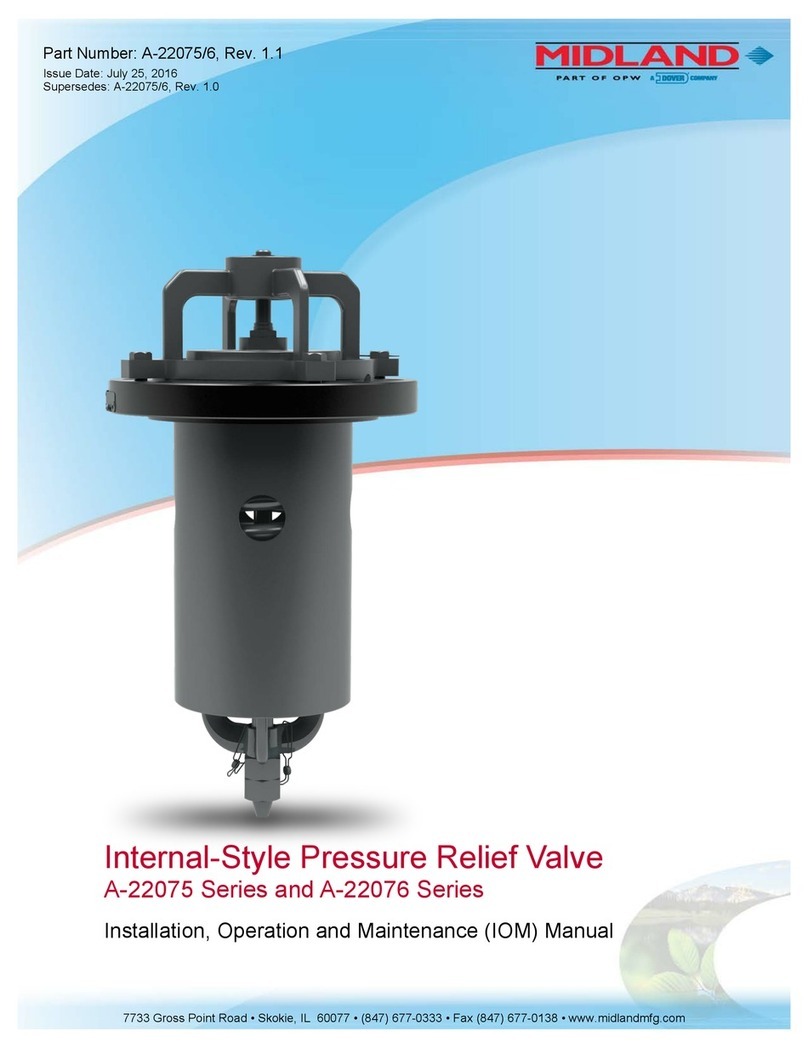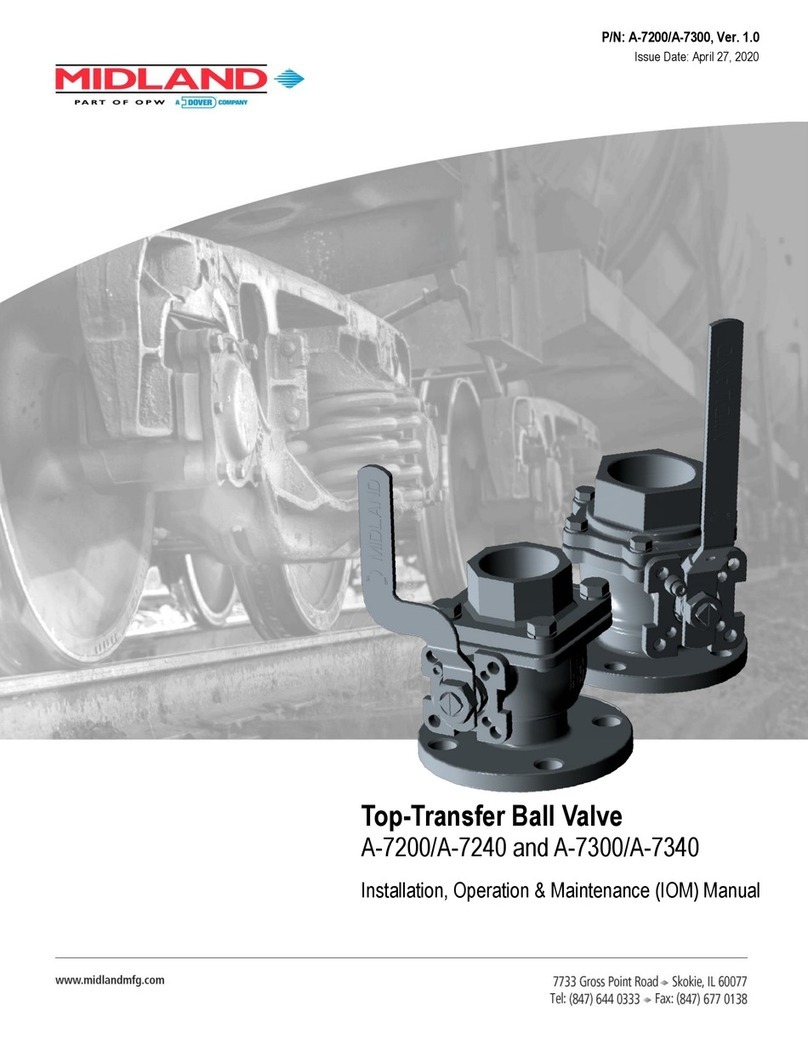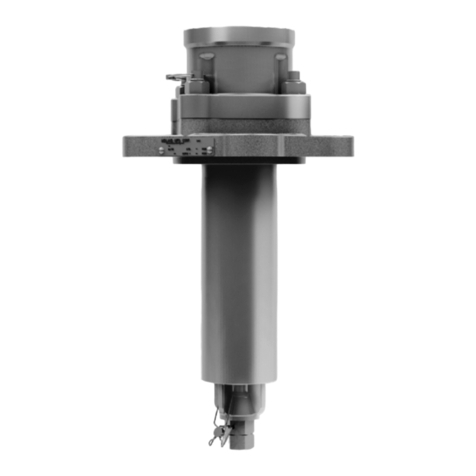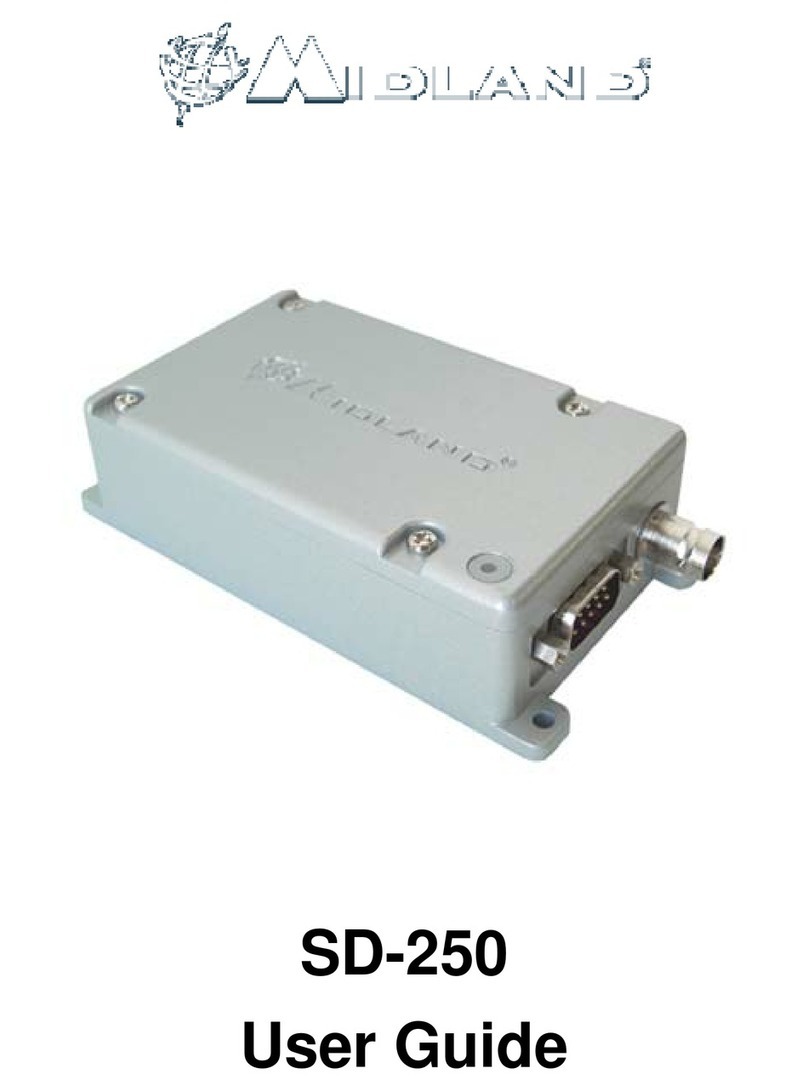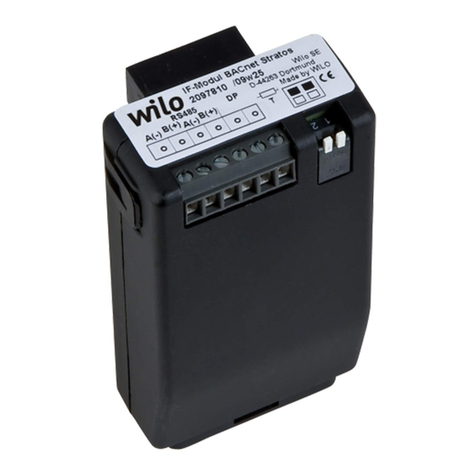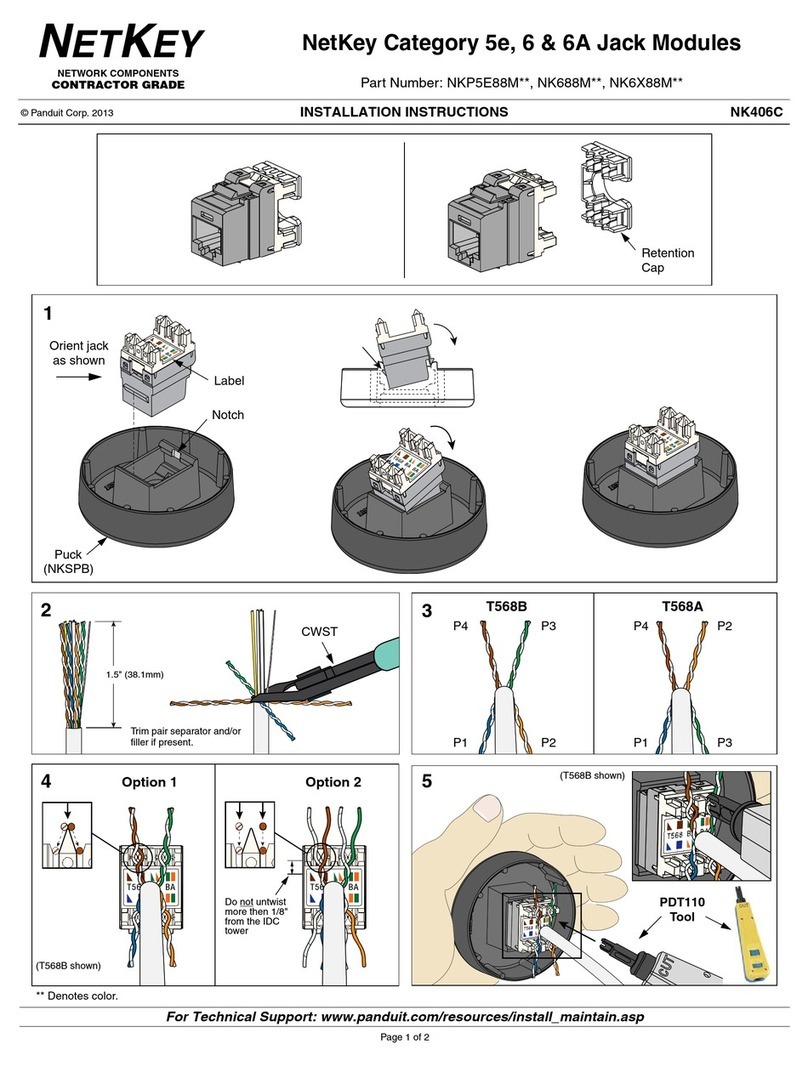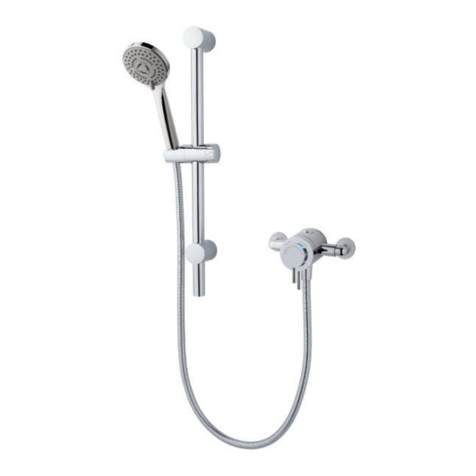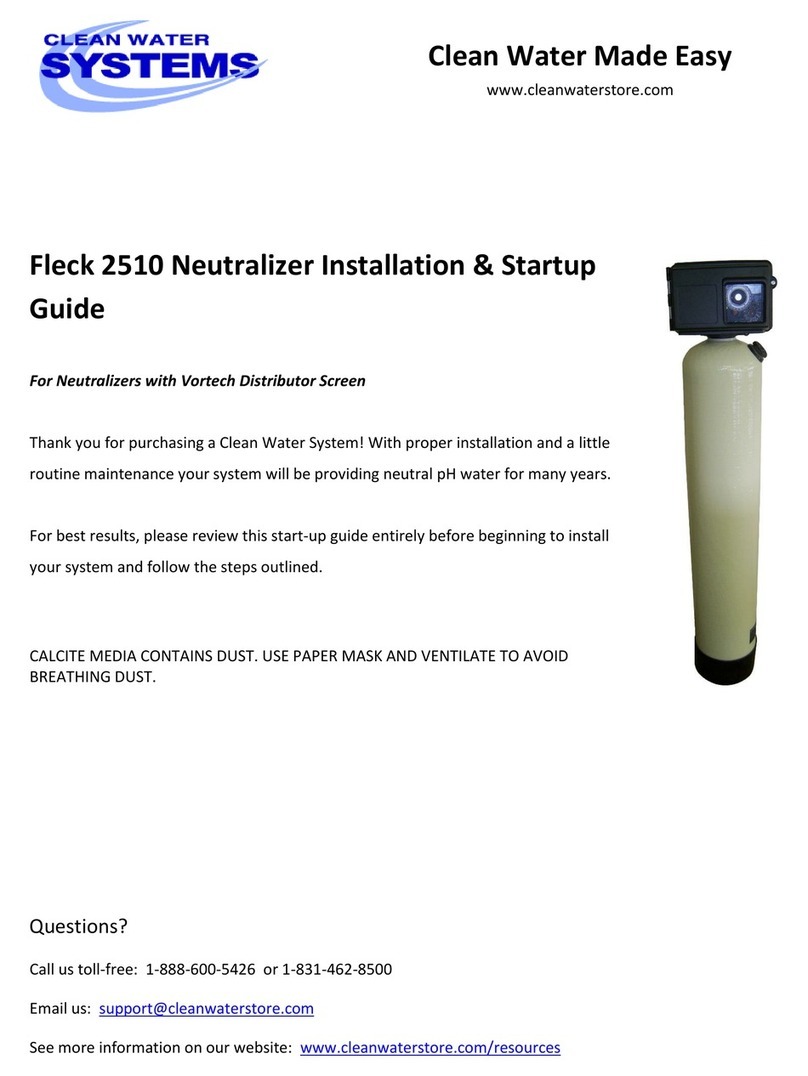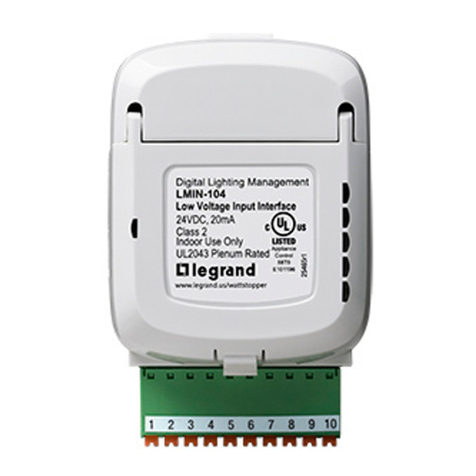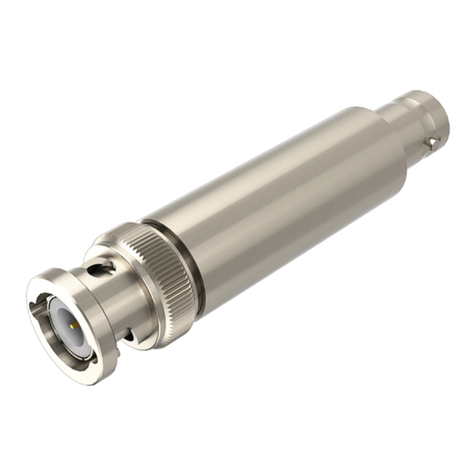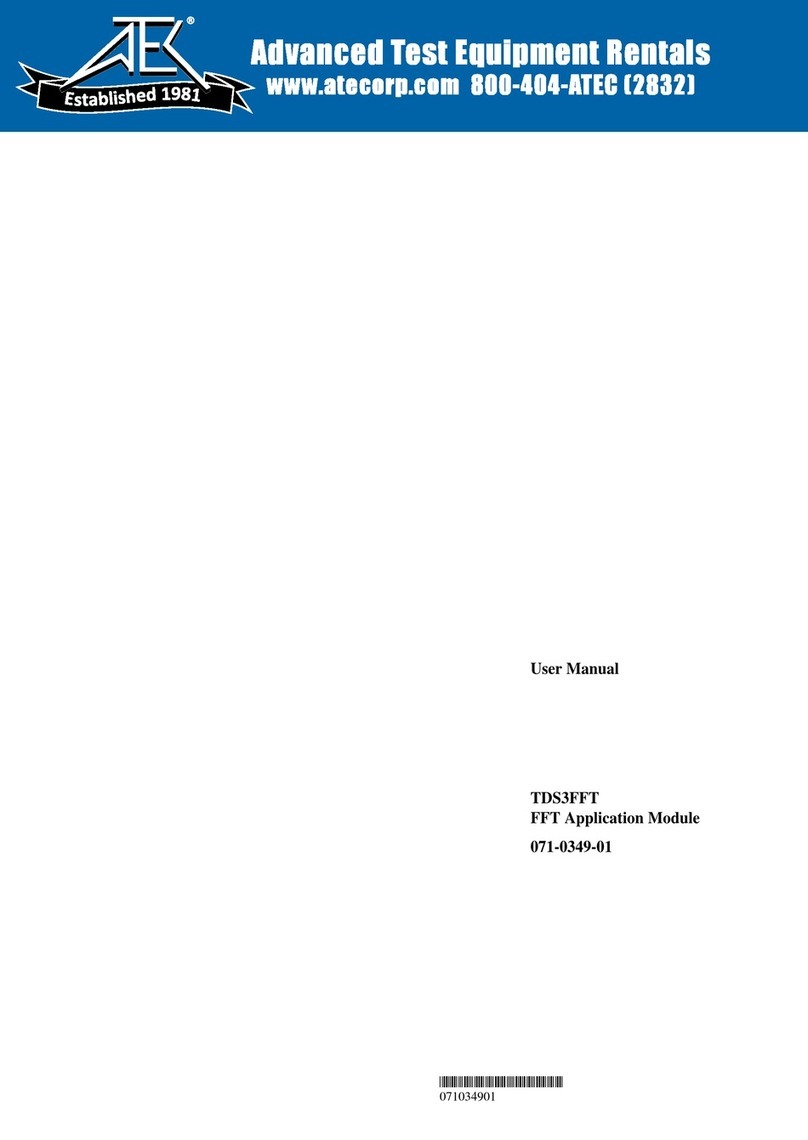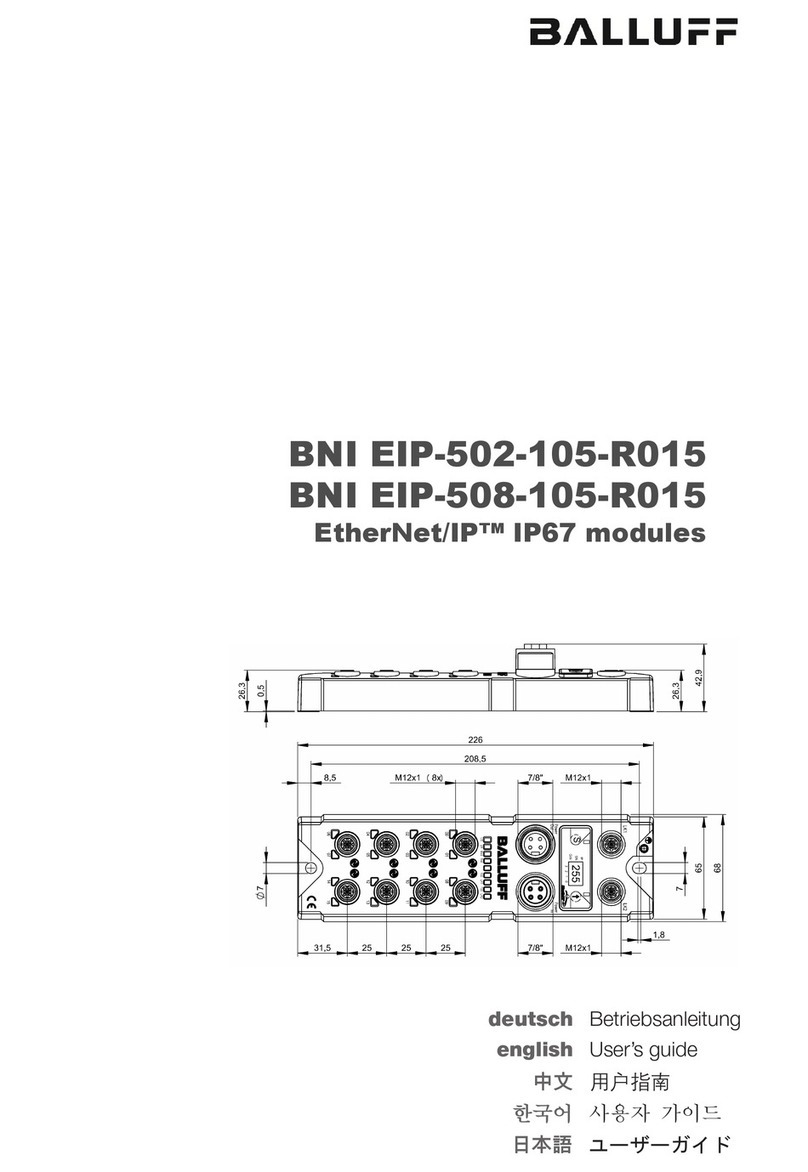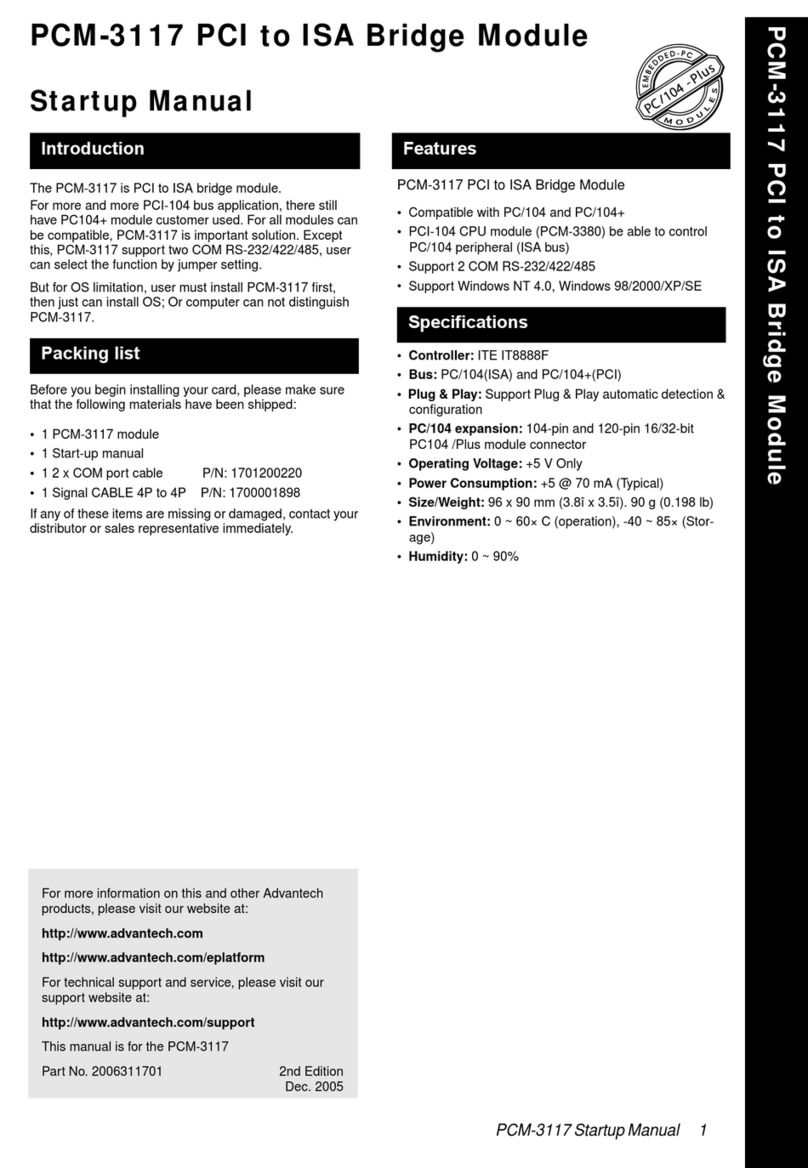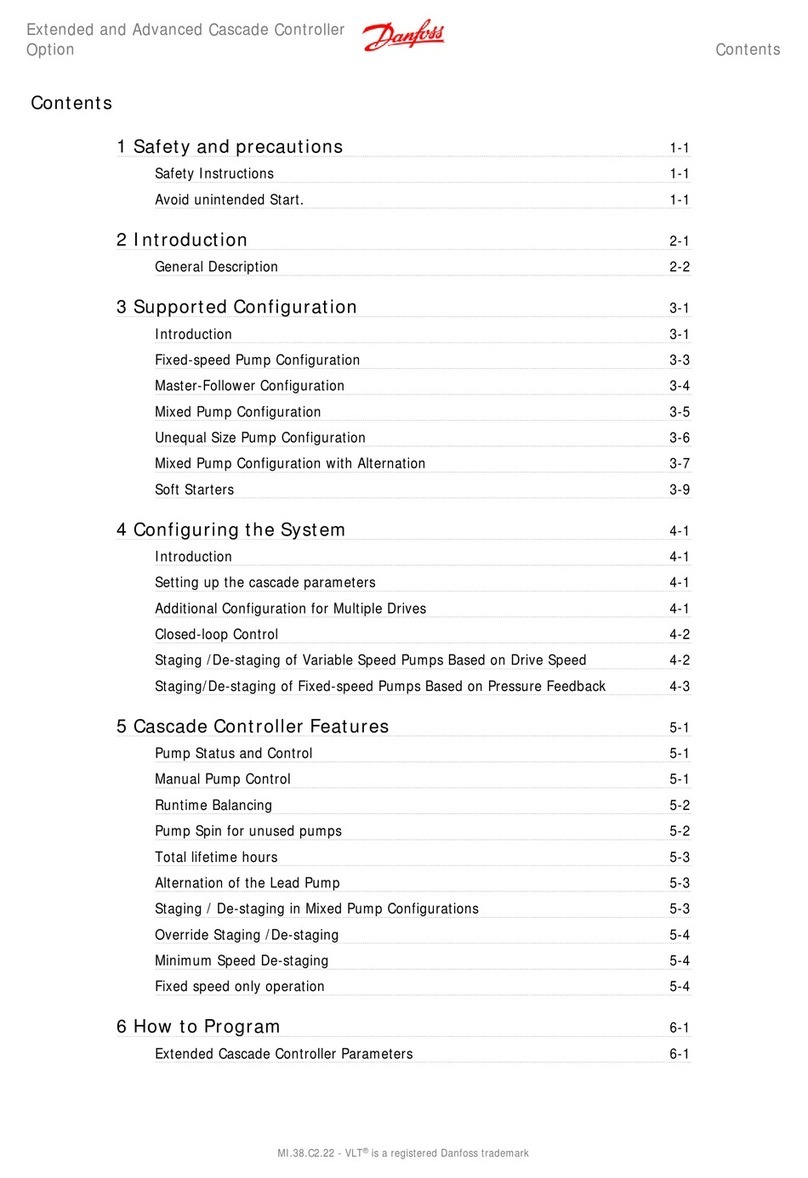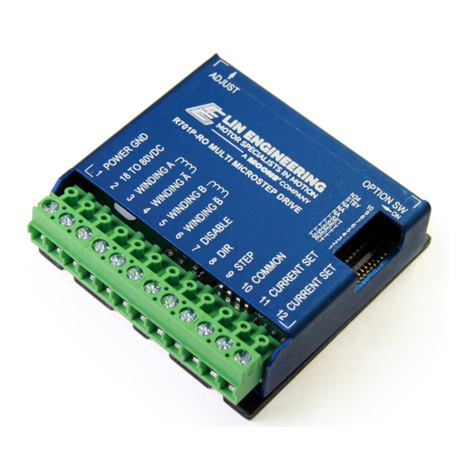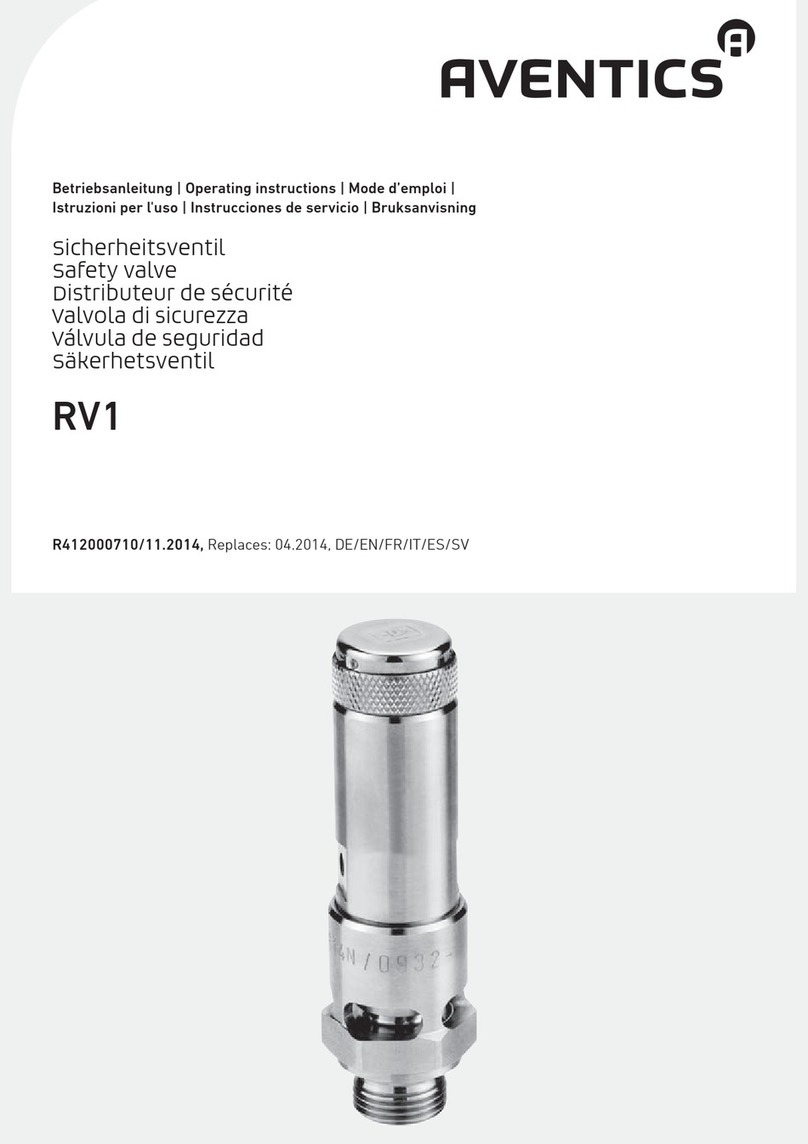
Doc. #: A-718C, Rev. 1
Page 10 of 36
2.2.7 Take out the rubber plug from the cover plate opening.
2.2.8 The valve should be “closed” with the stem all the way up. Under no circumstances should a “cheater” or
handle extension be used to close this valve, as over-tightening will damage the valve’s Teflon® seat. The
hand wheel has been purposely weakened to break if excessive force is used.
NOTE: To operate of the valve closed, turn the handle clockwise, the stem will travel all the way
up.
2.2.9 Holding the valve by the bonnet (item 5) lower it slowly onto the studs. Start all four (4) nuts on the studs
while the valve is still held off the cover plate. It may be necessary to lift the valve to make room to insert
nuts adjacent to the outlet flange to allow room to start nuts while the valve is held up. Insert the remaining
nuts and gently move the valve back and forth until the tongue goes down into the groove on the cover
plate. Hand-tighten all four (4) nuts.
2.2.10 Wrench-tighten the nuts a little bit at a time, going alternately from 1 to 3, then 2 to 4. Do not tighten down
too much on one side because this will shift the valve at an angle and may make it impossible to get a tight
gasket seal.
2.2.11 Torque the nuts according to the torque specifications from the gasket manufacture’s recommendations
and to not exceed the torques specified in Section 1.2.
2.2.12 Inspect the valve for leaks according to your company’s procedures for this testing. The primary areas to
check are in the side-port area, the packing gland area, the flange connection between the cover plate, and
the valve and seat. In order to check the seat for leaks on an
installed valve on the tank car, pressure may be applied to the
outlet flange with the valve in the “closed” position. Look for any
pressure decay. Keep in mind that some compensation would
need to be made for pressure changes as temperature changes.
This is recommended in the event that there is no procedure in
place from your company to test the valve’s seat when installed
on a tank car. When closing the valve, hand-tighten. If it does not
seal, remove the valve for repair per Maintenance Instructions in
Section 4.0.
Figure 2-1 Maintenance Checkpoints
Gland
Insert
Area





